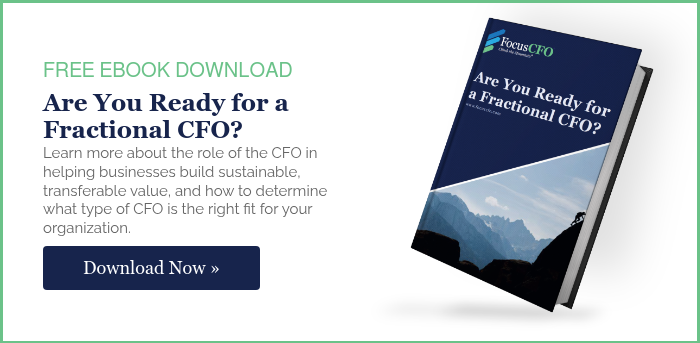Not too many years ago mezzanine debt was only available to large corporations, often in $20 million minimums. Today, companies with EBITDA in the $2+ million range can take advantage of this type of funding. Both mezzanine and unitranche debt facilities are most often funded by non-bank financial institutions.
Understanding Mezzanine Debt
Mezzanine debt is subordinated debt. Typically, a company’s capital stack is comprised of the following:
• Trade payables
• Senior bank debt and mortgages
• Equity (and retained earnings)
Mezzanine debt ranks below senior bank debt in liquidation priority but above equity. In the right situations, often in an acquisition scenario, mezzanine debt can add great value. Below are some aspects of mezzanine financing that can often make the difference between doing a deal or not.
Mezzanine Debt as Temporary Equity
Equity is the most expensive part of your capital stack. Not only is it expensive but when you sell equity you have given that portion of the businesses’ upside away forever. A double whammy. But having mezzanine debt in your capital structure allows the company time to improve its leverage situation and refinance the mezzanine debt later with less expansive bank debt, without having to give away equity ownership. For private equity forms and those active in the acquisition markets mezzanine debt if often the bridge to an exit.
Mezanine Debt Cost and Structure
Interest rates on mezzanine debt are often in the low-to-mid double digits. The higher coupon is normally offset by a very favorable amortization schedule. Mezzanine lenders like to keep their outstanding’s high, the opposite of banks, to maximize their interest yields. Terms are usually 5-years with a very large balloon at the very end. Also, mezzanine debt often carries a relatively small ‘equity kicker’ for the lender in the form of warrants.
Downsides
While there is a lot to like about mezzanine financing there are drawbacks. It is a completely separate capital raise, so a lot more work. Also, there are inter-creditor issues and making sure all the parties are comfortable is critical. But in the right situations mezzanine funding can be a great benefit.
Unitranche Financing
Unitranche financing is becoming more popular. It is basically a marriage of senior bank debt with mezzanine debt. The big benefit is one-stop shopping for the borrower. So rather than having both senior and subordinated (mezzanine) debt lenders there is one funder that accepts the entire credit risk. The interest rates are a blending what might have been expected with senior and mezzanine facilities. And an equity kicker would be typical. There is also a perceived benefit of only have a single lender when trouble mounts since the borrower does not have to manage two lenders with often very different objectives.
The amortization schedule is somewhere between a sole senior facility and mezzanine loan, but still with a significant balloon at the end.
Conclusion: Navigating the Pros and Cons of Mezzanine and Unitranche Financing
In conclusion, both mezzanine and unitranche debt facilities present significant advantages and opportunities for companies looking to leverage debt as part of their capital stack. With the lowered minimum requirements, smaller companies can now harness these financial tools, enhancing their ability to engage in acquisitions, improve leverage situations, and potentially steer clear of equity dilution. Nevertheless, it is crucial to weigh these advantages against potential downsides, including the complexity of capital raises and the management of inter-creditor relationships. With unitranche financing becoming increasingly popular, the one-stop-shop nature of this model simplifies borrower-lender dynamics and offers a blended interest rate. As with all financial decisions, each company should carefully evaluate these options within the context of their unique circumstances and strategic objectives.
Tired of trying to navigate the complexities of business financing on your own? Our Fractional CFOs specialize in understanding the intricacies of your business to help you navigate through the complexities of capital structure. From bank agreement review and covenants to identifying growth capital requirements - reach out to us today for a complimentary consultation.
Mark Vernallis is a FocusCFO Area President in Greater Pittsburgh. He joined FocusCFO in 2018 to develop and support Western Pennsylvania.







